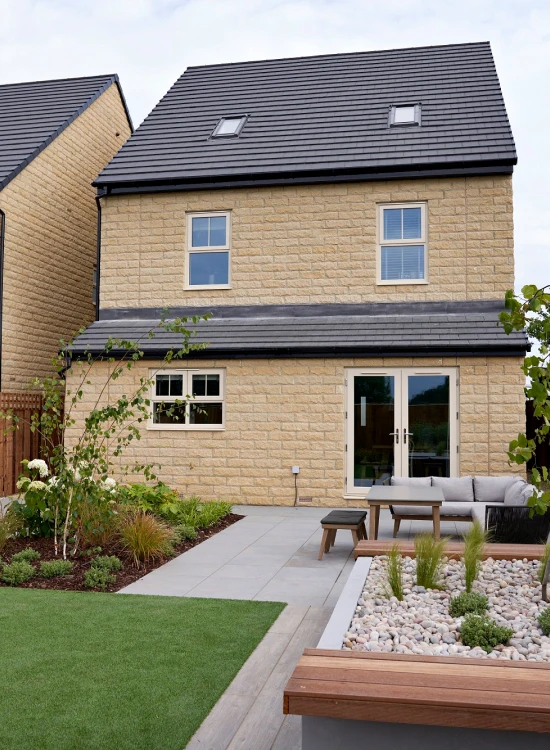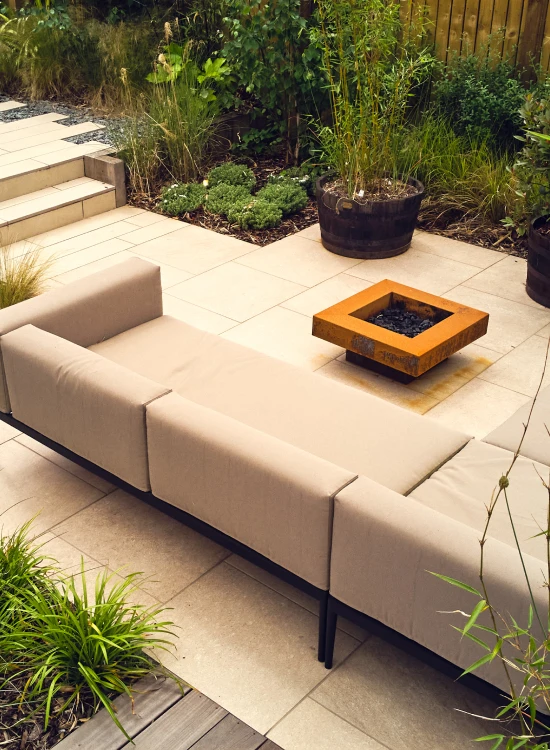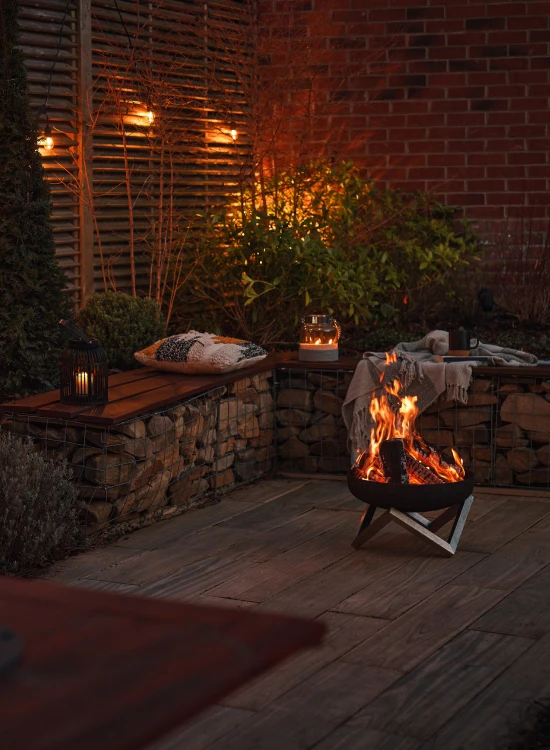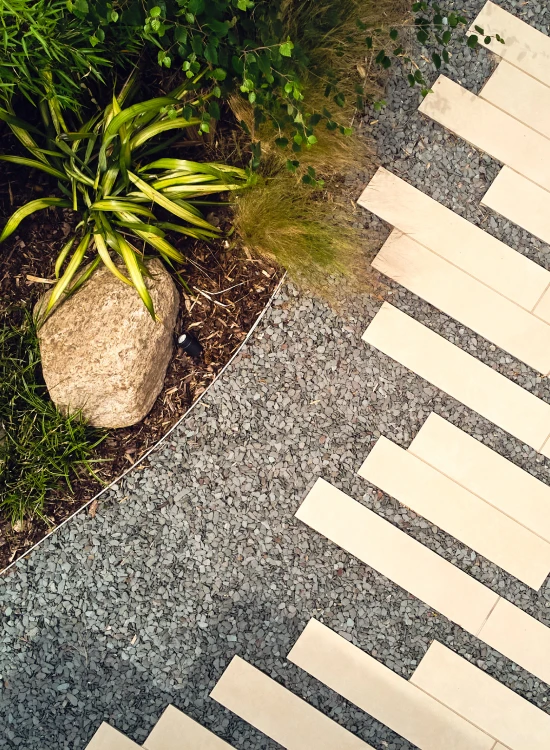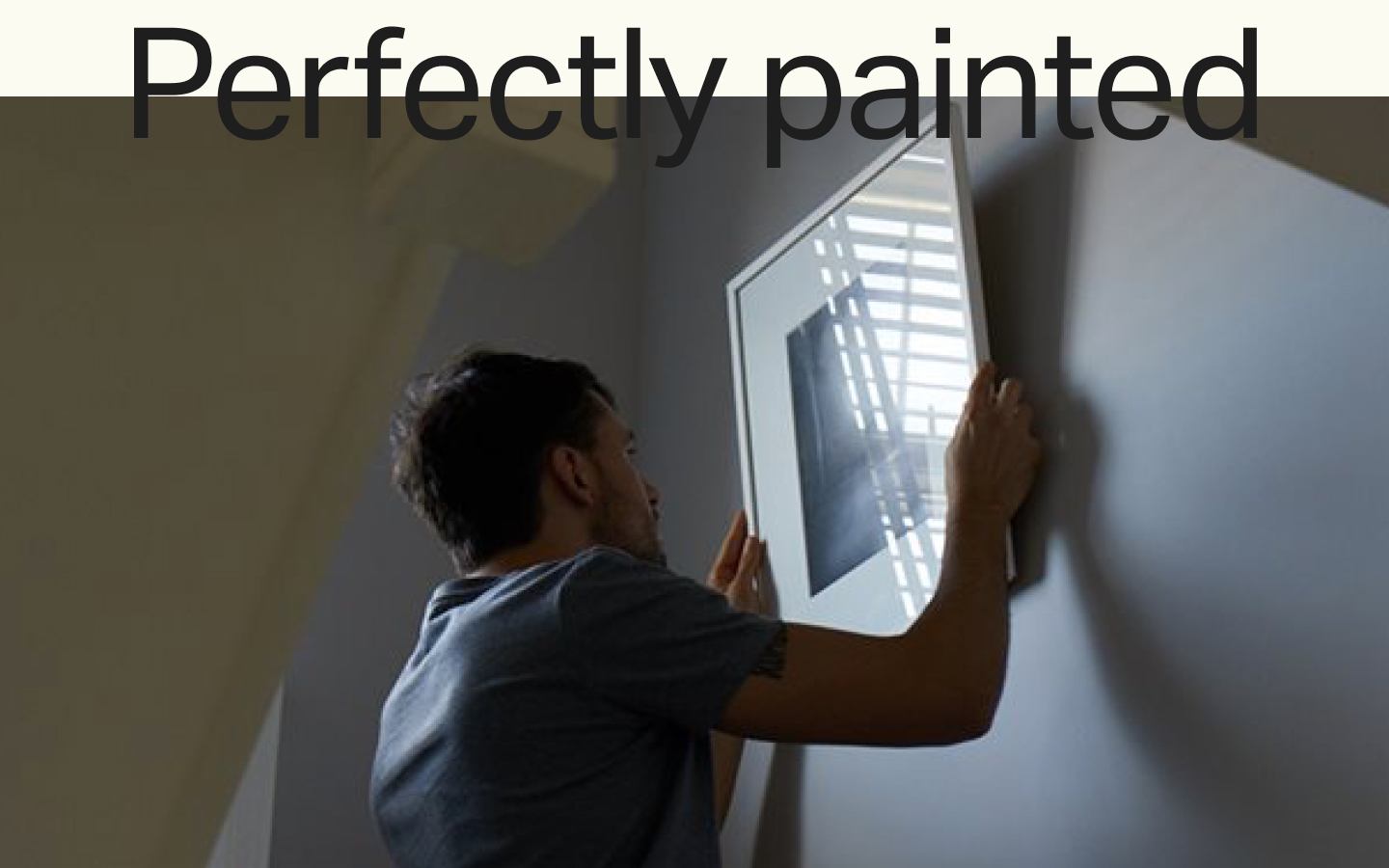
How to perfectly paint a room
For the moment, we have the luxury of more time on our hands which means more time to start or complete the little jobs around the house that you never normally get chance to do and because we’re spending so much more time indoors, it’s easier to spot the faults and pick out the parts of your home you might want to change. Besides, there’s not much a fresh coat of paint can’t fix! So, here’s our top tips on how to perfectly paint a room.
Plan your approach
What’s your vision? Think about what you want your finished project to look like and work towards that. Try and plan what you’re going to put on each wall before you start, create a mood board to pull all of your ideas into one place, it will help you see how it will look when it all comes together.
Choose your colour
If you’re just freshening up your walls with the same colour then this probably doesn’t apply to you but if you’re experimenting with a different colour or redecorating a room completely then this is probably the most important tip. Firstly, try picking what colour scheme you want to go with, browsing through 100 colour charts can be a little overwhelming if you don’t know what colour you want and so refining your search to just neutrals, pastel shades or grey muted tones for example will help you pick a colour quicker.
You will also need to consider the furniture that will be filling the room. Is it existing furniture or brand new? Will the old furniture match with the paint you’ve chosen? This should also help make your decision when it comes to picking the right colour for you.
Tool s and materials
Redecorating a room requires quite a lot of tools and materials. Create a check list for yourself and make sure you have everything you need before you start. There’s nothing worse than starting a project and then realising you don’t have the correct tool or enough paint to finish the job. Here is a quick check list you could use to make sure you have everything you need to start painting your room:
- Paint
- Paint roller
- Paint roller extension pole
- Paintbrushes
- Paint tray
- Sandpaper
- Frog tape
- Painting overalls
- Dust sheets
It’s also important to make sure you have enough paint to cover what you are painting. If you are covering a darker colour with a lighter one or you are covering a textured surface, you will more than likely have to do quite a few coat so buy an extra tin on top of the recommended amount.
Prep the room
If you can, move all the furniture out of the room before painting and if not, make sure you’ve pushed all of the furniture into the centre of the room and covered it with a dust sheet. It’s also important not to forget the floor. We recommend buying more than one dust sheet (old duvet covers and bed sheets can also come in handy for this) as you will also need to cover the floor when you are painting. Paint splatters everywhere so this step is key!
Next, you should prep the walls using Frog Tape (you can use other brands although be careful as some tapes have been known to bleed meaning your lines aren’t straight). Usually Frog Tape is used to stop the colour being transferred from the walls to the ceiling and skirting boards but it can also be used to create features on the wall. For example if you want to do a half and half you can use Frog tape to create a perfect line and to stop the colours from mixing.
Plan your painting and don't forget fresh air!
You’re almost ready to go! All that’s left to do is plan your painting technique. Most people work from the top to the bottom and paint the ceiling first and then the walls. If you’re painting a feature wall, paint the adjoining walls first as it doesn’t matter if you get paint on the feature wall as this will be covered.
Don’t forget to work with your windows open! Paint fumes can be quite strong, to avoid a headache open your windows while you’re painting and hopefully the smell won’t linger as long.
